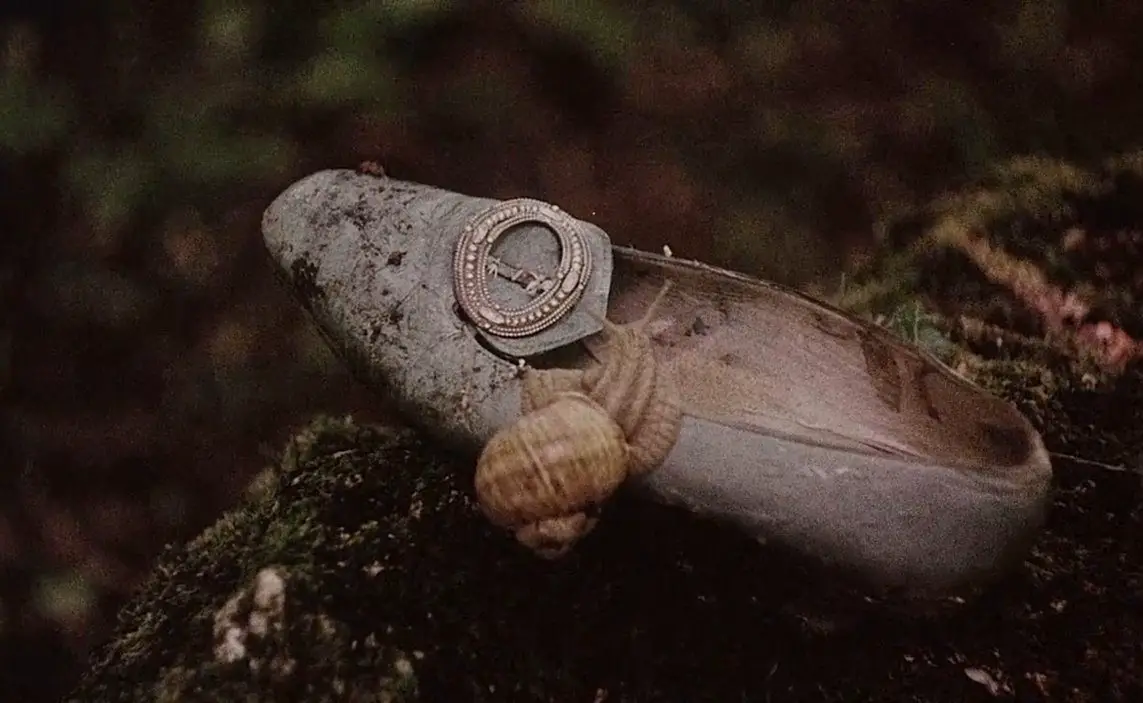
Expose all your weaknesses.
In recent interviews, illustrious auteurs dared to openly question the artistry of big-budget Marvels spewing VFX all over the silver screen while safely across the pond in European venues.
Martin Scorcese started this fight, but Francis Ford Coppola quickly joined the nay-saying chorus of negative nancies ruining everyone’s fun. This conflict is just the most recent illustration of the age-old query of what differentiates art from entertainment. On the one hand, the capacity for experimentation, discovery, catharsis; on the other, placation of a desire to have the answers shoved down your eyes while you are none the wiser. A friend of mine whom I respect and admire was the loyal opposition. Isn’t this just more white male privilege run amok? Up-their-own-ass artists fussing that the world isn’t being made simply in their image?
Not exactly.
While I’ve enjoyed the odd superhero flick through the years, I’ve simultaneously harbored a sincere disdain for their predictability and regularity of their release. For my friends raised on a steady diet of comic books, or comforted by unchallenging content as a reprieve from day-to-day life, they staunchly defend the franchise superhero films. For some, these films may articulate a version of the world where bigotry is no longer an indefatigable foe at the same time snubbing the sensibilities of the cinematic snob. While sympathetic to these views I can’t help agreeing with my aesthetic father. Coppola’s Apocalypse Now! will always have something these franchises can’t deliver.
Art.
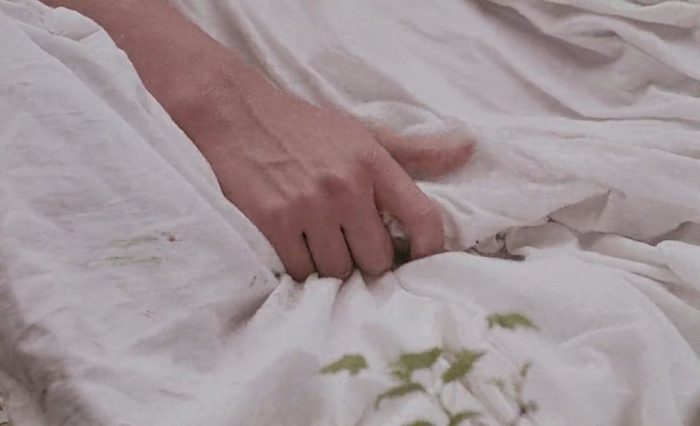
If you, too, find yourself looking for an antidote to the over-produced pornography of the comic book franchise universe, look no further than Walerian Borowczyk. Like David Lynch, Boro straddled the worlds of static visual arts and mark-made animations, informing his use of the celluloid medium. In the 1985 interview Obscure Pleasures, Boro is asked whether the animator is an alchemist. “Every artist is an alchemist.” [2] He then makes the distinction that, while an animator, Disney is no alchemist—and therefore not an artist.
In a non-formulaic way, the artist-alchemist pursues unsatisfied curiosity in the creation of the work. For Boro, it’s the mistakes along the way, the unpolished exposure of vulnerability, the “seismographic traces of sensitivity and nerves” [2] that create art. This is impossible in Disneyland, where industrial technique and the division of labor that it entails requires that every possible detail of execution is pored over by specialized craftsmen. This was true for Borowczyk in 1985, and holds true today.
Having gone through so many hands, wherein lies the heart necessarily laid bare to create a work of art? There is no room for mistakes, happy accidents, seismographic…anything. Additionally, while sensuality can be hinted at in euphemisms, there’s no allowance for sexuality with Public Relations and Production staff breathing down your throat. Slick, manufactured, the sterile “cotton candy” universe presents a fantasy of how things might be if only we could have superpowers, rid of our genitals and all their gross complexities.

We don’t have superpowers, and we do have genitals. We’re just people, in the end, and people are fucked up, imperfect, and capable of beauty in spite of and because of it. Boro did a much better job of showing just what humans are capable of in 1974’s Immoral Tales.
Immorality Tales
“Love, with all its pleasure, becomes even more blissful through the way it is expressed.” -La Rochefoucauld (Maximes) [1]
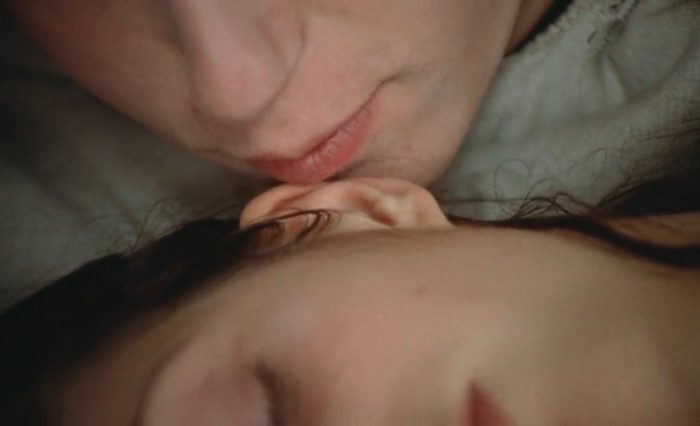
The most erotic tableau my eyes ever experienced was created by a man who consistently objected to the label of “erotic” to describe his films. For Boro, this was a way of denigrating the film; subsuming the work to the level of pornography[2]. Rather than being simply about sex, there’s a hell of a lot more going on, thus the objection. In Immoral Tales, as in his other works, the eroticism is incorporated into the whole. It is simply presented in a way that highlights its actual presence in life itself. As an artist working outside the boundaries set for sexual propriety in American filmmaking, Boro had the freedom to explore this side of human experience for exposure in the cinematic realm.

Presented as either four or five individual, independent vignettes (theatrical vs. L’Age d’Or cut), each moving further back in time, Immoral Tales is an exploration of sexual morality through the taboo. Incest, clergical abuses of power, bestiality, Boro seems to leave no stone unturned (unless you’re a fan of scatology, but that was never in my wheelhouse). Funny, in a way. I thought for many years that I was the only pervert who could possibly contain this spectrum of taboo proclivities, but there they were, in each vignette, taking me through my sexual past and recent present. Perhaps it wouldn’t have been such a crapshoot of vapid pornography pervading my experience if only Boro had been more accessible to me as a girl, at a loss to understand her own nature.
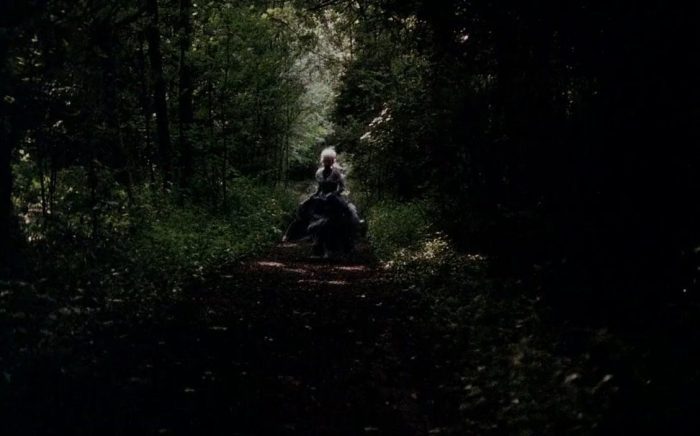
Tidal Waves
The Tide introduces a common thread of each tale: the relationship of authority to sexual provocation. The first of the five vignettes, The Tide acts as a primer of what is to come—pun intended. In the opening title, we know from the outset that the small age gap between André, 20, and his cousin Julie, 16, is enough that it allows him authority over her which he uses to his advantage. The powerful one determines the rules of the game. He orders her to grab his hat before they ride their bikes to the beach, then admonishes her to remove her own. When she rightly observes that he is wearing one, he quips, “This is not a hat.”
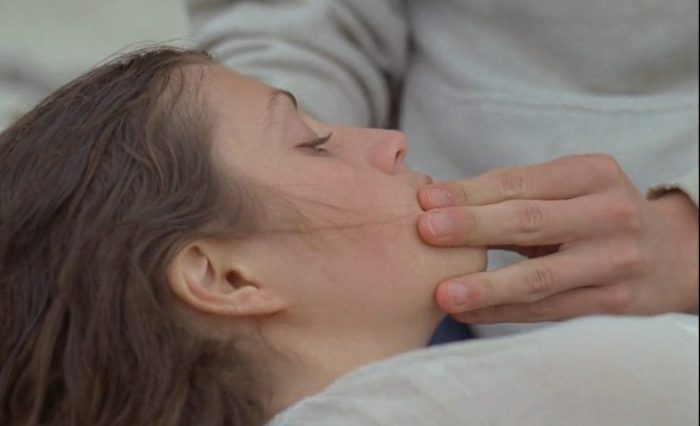
Their power differential is explored at each successive turn. They become stranded, alone, as the tide rises; all planned carefully by André so that he can come at high tide. “Come to me,” André instructs from the shore, with the added qualification, “On all fours.” Again, Julie obeys. “You’re going to play another game with me.” Despite her claims to innocence, Julie’s curiosity is piqued. “I don’t mind.”
Me, either.
He then informs her that he has lusted after her lips for a great long while, but not to kiss her lips – to use them for his own pleasure. This is not for fun—it’s merely educational. He must teach her about the tides.
I admit, this struck a particularly personal nerve, but such is art.
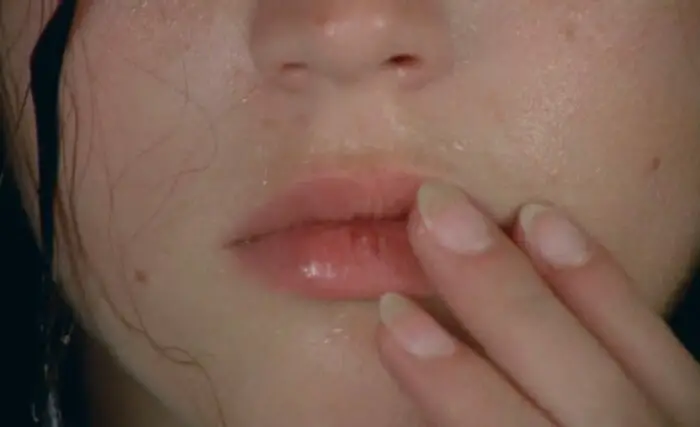
Wisdom-Lover
Set in 1890, Therese Philosophe is the second vignette and continues the theme of dominance, submission, and sex. In the opening sequence a young woman, alone in a chapel, converses with her Creator. She is immediately interested in the Holy Spirit, but the Master of Souls admonishes her. It’s not necessary to be wise, only to love Him very much. To love Him, He bids she expose all her weaknesses; confess to her shameful nature. He, Master of Souls and of all material bodies, is attended to carefully as she caresses the various phallic objects in the chamber.
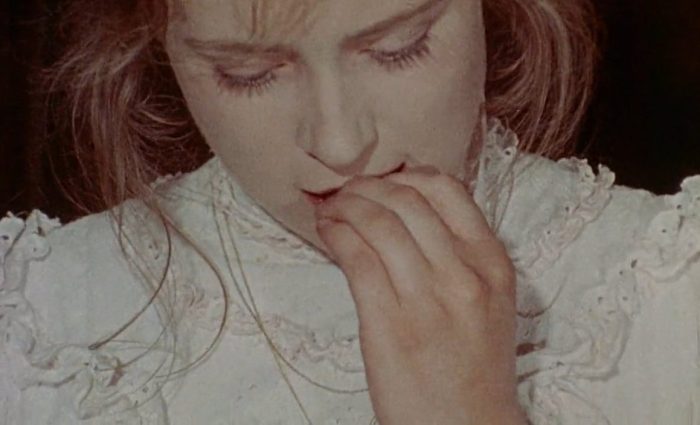
Outside the church she is accosted by an older woman, who repeatedly calls her a liar. She locks the girl in a room, tossing some zucchini in a silver bowl. The girl pleads for her to give her The Stations of the Cross. Her Master of Souls must remain, to remind her of the refrain, “my heart, my hands are full of treasures…how sensual you are, how proud, susceptible, selfish, cowardly, lazy…” The room is full of pornographic treasures. Surrounded by the eyes of depicted masculine aristocrats, the pious girl satiates herself on the fruit, destroying them one after the other, until she smears the matter on the face of a tapestried aristocratic face.
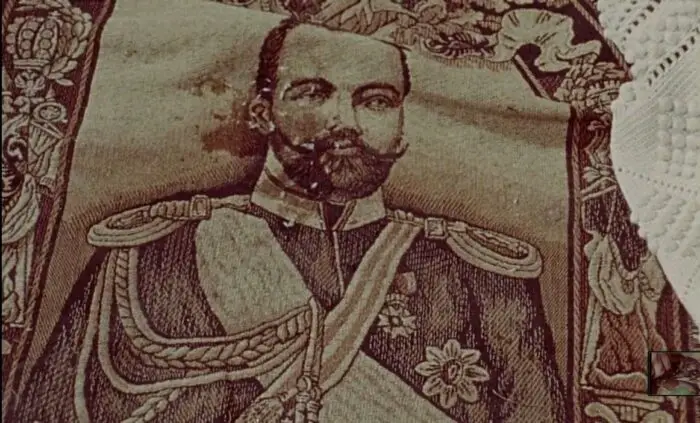
Uncontrollable Beasts
In The Beast, included in the L’Age d’Or–winning cut of Immoral Tales, a lamb escapes and is pursued by the lady of the house into the forest, where the Beast of Gevaudan awaits her. Here, Borowczyk confronts the taboo of bestiality. This is no Beauty and the Beast that Disney would condone. Finding the slaughtered lamb, whose heart is squelched in the fist of the beast, the woman attempts to escape but is unsuccessful. The Beast has accosted her, beginning in rape, ending in a worshipful attendance by the Lady.

What is it about The Beast that, in the end, makes it so appealing? Perhaps that primal urge, the inability to control itself. The remoteness of the locale, divestments of civilized society, and nature’s own perversions each play their part as the woman tosses her corset into the river. The final vignettes, Erzsébet Báthory and Lucrezia Borgia, continue the progress backward through time and deep into the sexual psyche. The final frames are a reminder of the cyclical nature of these conflicts and the energies that produce them.
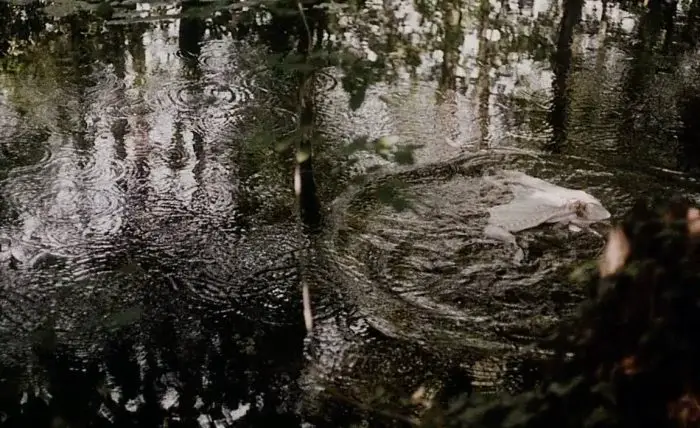
Finally validated in my nascent proclivities, I could somehow relax and lean into the maturity of a sexual self that delighted in this shared experience across space and time. In the frame, I saw an artist with the courage not to banish eroticism to the unspoken realms of darkness, secrecy, or doubt. Taboos broken wide open, exposed to the light, I saw my own psyche through time exhibited as a shared commonality of the human mind. Boro was just doing his job, sharing what he had the capacity to share as an implicit factor of human sexuality, our collective fantasies, fears, fraternal abuses. This is territory occupied by Borowczyk, bringing experimental technique and eroticism to a wider audience [3], is completely off-limits to comic universes.
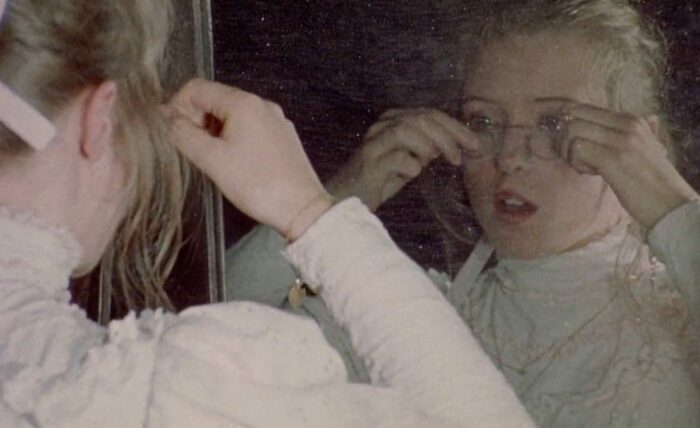
While it may not be everyone’s cup of tea, in the same way, hyper-stylized superhero films will only rarely be mine, there’s enough need for this type of film for those of us with this peculiar lack of innocence. Heaven knows they’re hard enough to find. In my mind, it’s thrilling to see a filmmaker asking, rather than answering, all the same questions I myself have asked.
Fortunately, there’s room for all of us—unless you plan to be at the theater when one of these comic book beasts arrives to occupy all of the theaters. What is it about this Beast that makes it so appealing? Perhaps that primal urge for everyone to be tightly, carefully, controlled.

Hopefully, I have sufficiently piqued your interest. You can find Borowczyk’s Immoral Tales streaming currently on Netflix, or on Blu-ray courtesy of Arrow Video with lots of additional goodies to Marvel at.
1. Immoral Tales, directed by Walerian Borowczyk (1973; France: Arrow Video, 2015), Blu-ray.
2. Bird, Daniel. Obscure Pleasures: A Portrait of Walerian Borowczyk. Disc 1. Immoral Tales, special ed. Blu-ray. Directed by Walerian Borowczyk. Arrow Video, 2015.
3. Love Reveals Itself: The Making of Immoral Tales. Disc 1. Immoral Tales, special ed. Blu-ray. Directed by Walerian Borowczyk. Arrow Video, 2015.



